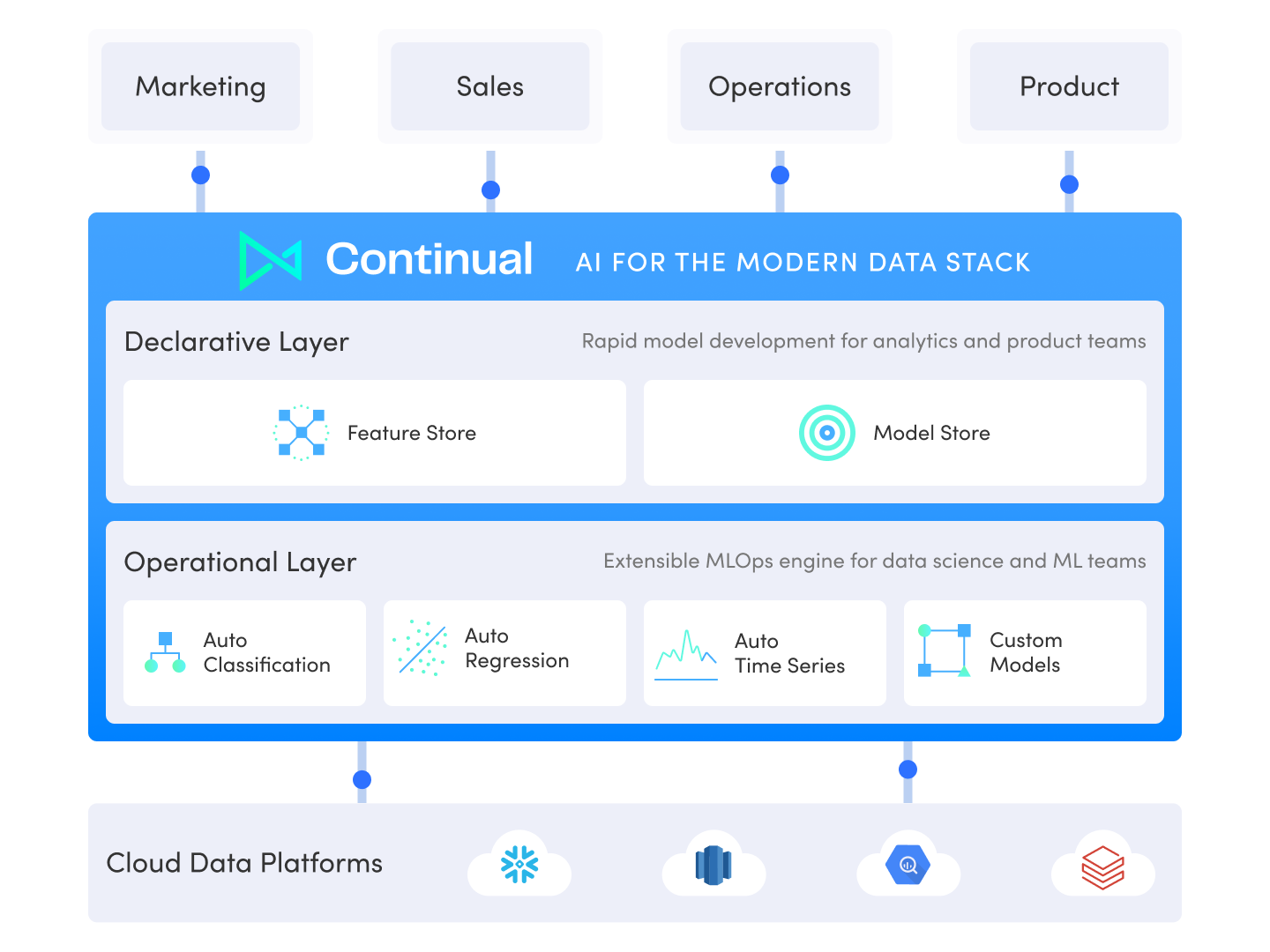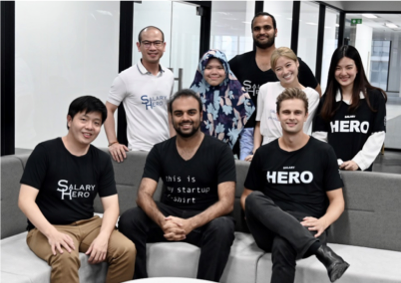Tatsumeeko, an “MMORPG-lite” game on Ethereum and Solana developed by the team behind cross-gaming platform ecosystem Tatsu.GG, announced today that it has raised $7.5 million in seed funding. The round was co-led by DeFiance Capital, Delphi Ventures and BITKRAFT Ventures, with participation from investors including Binance Labs, Animoca Brands, Dialectic and GuilldFi. The funding will be used to continue development on Tatsumeeko.
This brings the company’s total raised to $8.1 million in two rounds.
Tatsu.GG, created to for Discord community gamification and engagement, currently claims 60 million users and 1.4 million Discord communities. It was launched in 2016, when its founding team saw an opportunity to create a Web3 gaming community on Discord, increasing user retention, acquisition and interaction.
Tatsumeeko will be a role-playing game available through Discord, plus iOS, Android and the web. It centers around a world called Ielia, where players can fight against monsters, build communities and meet other gamers. In the process, they are also introduced to crypto and NFTs in what the team calls a “seamless” way.
With an introductory version of the game reaching 60,000 monthly active users and 4.5 million in traded items, Tatsumeeko is now set to launch a broader version with main and side story quests, co-op raids, dimensional invasions and player versus environments combat with in-game token rewards.
NFT projects can integrate directly into Tatsumeeko through their Discord. At the beginning of July, it will start the initial sale of Aethereal Parcels, or pieces of land that provide utility and special attributes to collectors, and the players who interact with them. Last November, the game launched Meekolony Pass, a series of 10,000 genesis NFTs on Solana that give holders benefits, rewards and airdrops for items in Tatsumeeko.
Tatsumeeko’s goal is to expand to other social platforms like QQ, WeChat, and Telegram, as well as Ethereum and Solana communities.
Co-founder David Lim said he wanted to create a MMORPG-lite because he grew up playing traditional MMORPGs, like Everquest, Guild Wards, Maplestory and, most recently, FInal Fantasy XIV.
But MMORPGs take up a lot of time and effort for players to fully enjoy the entire experience, he added. On the other hand, Tatsumeeko is meant to combine the best parts of an MMORPG—like a strong storyline, social features, exploration, character progression, quests and combat—without time-consuming tasks like grinding for levels. Instead, those are automated for players.
“MMORPGs have always been really good at one thing—helping organic communities to form,” Lim told TechCrunch. “What we’re doing with Tatsumeeko is we’re taking this concept and applying it to Discord where many communities already exist and helping those communities to supercharge their growth in areas of community engagement, retention and user acquisition.”
Tatsumeeko is meant used not only by players, but also companies, games and NFT projects as an infrastructure to integrate their own projects into Discord’s ecosystem and build a community, provide utility for their NFTs and increase brand awareness through the communities that the game is available on.
“Perhaps you can think of it as instead of building a metaverse and trying to move entire communities of Discord into the metaverse, we’re brining the metaverse to Discord itself with Tatsumeeko,” said Lim.
For people who are unfamiliar with crypto and NFTs, Tatsumeeko will serve as an introduction by targeting both Web2 and Web3 players. Lim said people can start playing the game without having to create a wallet, buy NFTs or crypto. “You can think of us as using crypto and NFT technology behind the scenes to ensure that our players have more control over their in-game assets if they so choose,” he said.
“For a long time, games have been really good at teaching players entirely new concepts,” Lim added. “That also includes trading and buying in-game assets and currency within Tatsumeeko’s own marketplace.”







